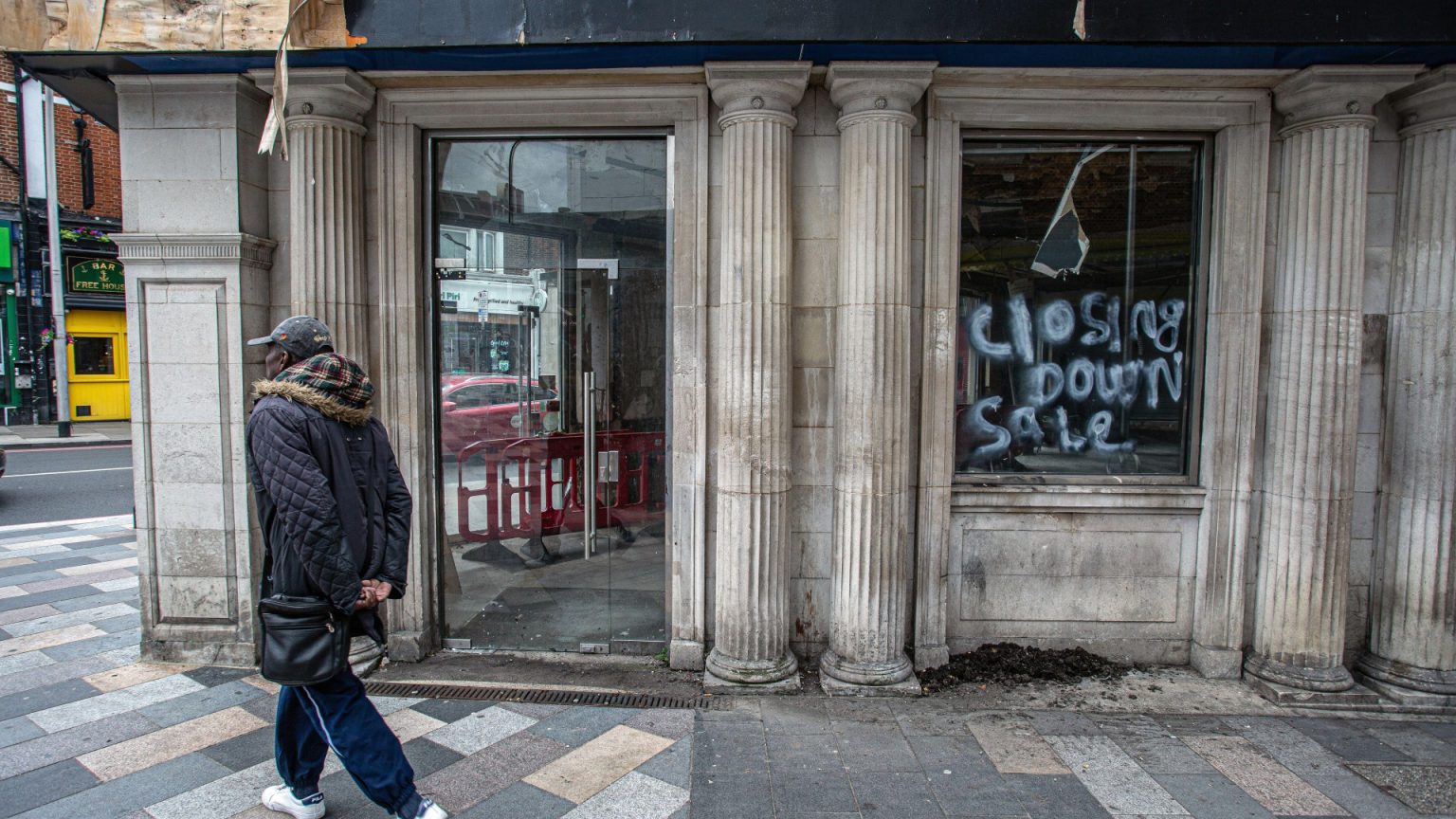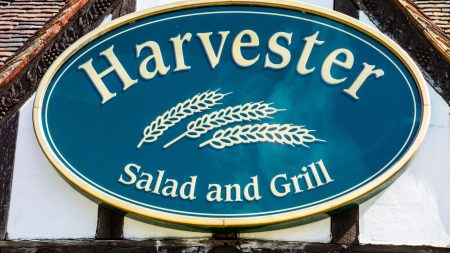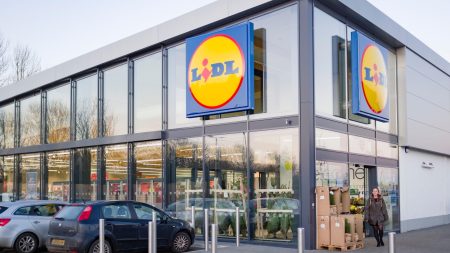Homebase Restructuring and Store Closures Amidst Retail Sector Challenges
Homebase, a major DIY chain, is undergoing a significant restructuring process that involves store closures and a partial acquisition by CDS Superstores, the owner of The Range and Wilko. This comes after Homebase entered administration in November 2024, highlighting the ongoing struggles faced by the retail sector. While CDS Superstores rescued a portion of the business, aiming to retain up to 70 stores and 1,600 jobs, 74 branches and approximately 2,000 employees were left at risk. Administrators put these 74 stores up for sale, with a deadline for potential buyers set for November 29, 2024. While the outcome of the sale process remains unclear, closing-down sales have commenced at two locations: Bridgend and Bangor, Wales. The Bridgend store was on the list of those up for sale, but the Bangor store’s inclusion in the closing-down sales was unexpected, as it wasn’t initially identified as being at risk. Homebase has stated that all its branches remain open and trading for now, including those acquired by CDS Superstores.
The CDS buyout of Homebase aims to preserve the Homebase brand and its online presence. Acquired stores will continue operating under the Homebase name for the coming months. Starting in January 2025, CDS Superstores plans to gradually transition approximately 10 Homebase stores per month to The Range Superstore format. This strategy indicates a long-term plan for integration and rebranding of the acquired Homebase locations. The acquisition saved approximately 1,600 jobs and up to 70 stores. CDS Superstores highlighted Homebase’s strong history and its intention to continue catering to UK households’ DIY and gardening needs. This indicates a commitment to maintaining the core values and customer base of the Homebase brand.
The list of 74 Homebase stores up for sale includes locations across England, Scotland, Wales, and Northern Ireland, as well as the Republic of Ireland. The widespread geographic distribution of these stores underscores the scale of Homebase’s restructuring and the potential impact on local communities. The fate of these stores remains uncertain, adding to the anxieties of employees and customers in the affected areas. The ongoing negotiations with prospective buyers for the remaining stores hold the key to determining their future and the fate of the jobs associated with them. The successful sale of these stores could mitigate the overall impact of Homebase’s restructuring.
The acquisition of 10 Homebase stores by Sainsbury’s further complicates the landscape. These stores will be converted into Sainsbury’s supermarkets, demonstrating the supermarket giant’s strategic expansion and diversification. This development highlights the dynamic nature of the retail sector and the competition for prime retail space. The conversion process is expected to cost Sainsbury’s a substantial sum, underscoring the significant investment involved in adapting existing retail spaces to new formats. This move by Sainsbury’s adds another layer of complexity to the overall Homebase restructuring process.
The challenges faced by Homebase and the broader retail sector are attributed to a combination of factors. High inflation has squeezed shoppers’ finances, leading to reduced spending in non-essential categories like DIY and home improvement. The shift towards online shopping has further impacted brick-and-mortar retailers, as consumers increasingly opt for the convenience and often lower prices available online. This trend has accelerated in recent years and poses a significant challenge for traditional retailers. The combination of reduced consumer spending and increased online competition has created a difficult environment for many retailers, leading to store closures and, in some cases, administrations.
Several other major retail chains have also faced difficulties in recent years, including Wilko, Ted Baker, and The Body Shop. These companies have either entered administration or undergone significant restructuring, highlighting the widespread challenges within the retail sector. While some stores have been saved through rescue deals, others have been forced to close, resulting in job losses and a changing retail landscape. The ongoing pressures on the retail sector are expected to continue, with further challenges anticipated in the future. The upcoming increase in employer National Insurance contributions is expected to add further strain on businesses, potentially leading to higher prices and job cuts.
The closure of retail stores has a significant impact on high streets across Britain, often symbolizing a town centre’s decline. The rise of online shopping has reduced the profitability of physical stores, leading to falling sales and increased operating costs. This has made it unsustainable for many retailers to maintain their high street presence. Some retailers have opted to relocate to retail parks, which offer free and convenient parking, attracting customers away from town centres. Retail parks often feature larger stores and a wider range of products, further increasing their appeal. This shift in consumer preference has exacerbated the decline of traditional high streets and contributed to the rise in empty retail spaces. The closure of anchor stores can have a knock-on effect, leading to reduced footfall and further closures, creating a downward spiral for many town centres. The changing retail landscape requires innovative solutions to revitalize struggling high streets and adapt to evolving consumer habits.











